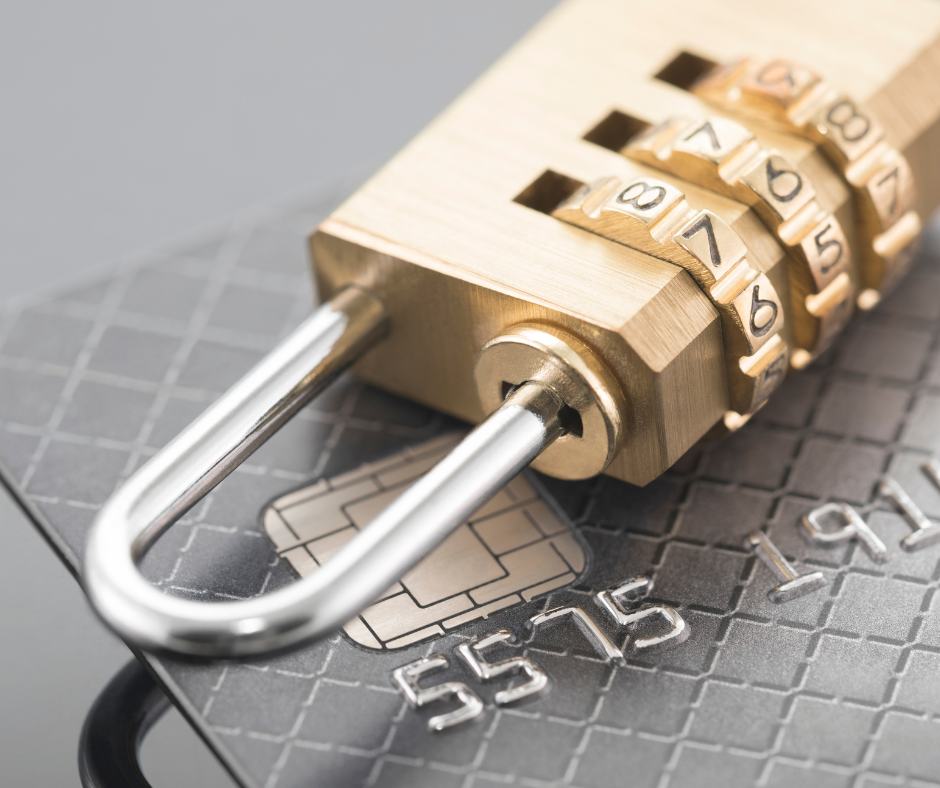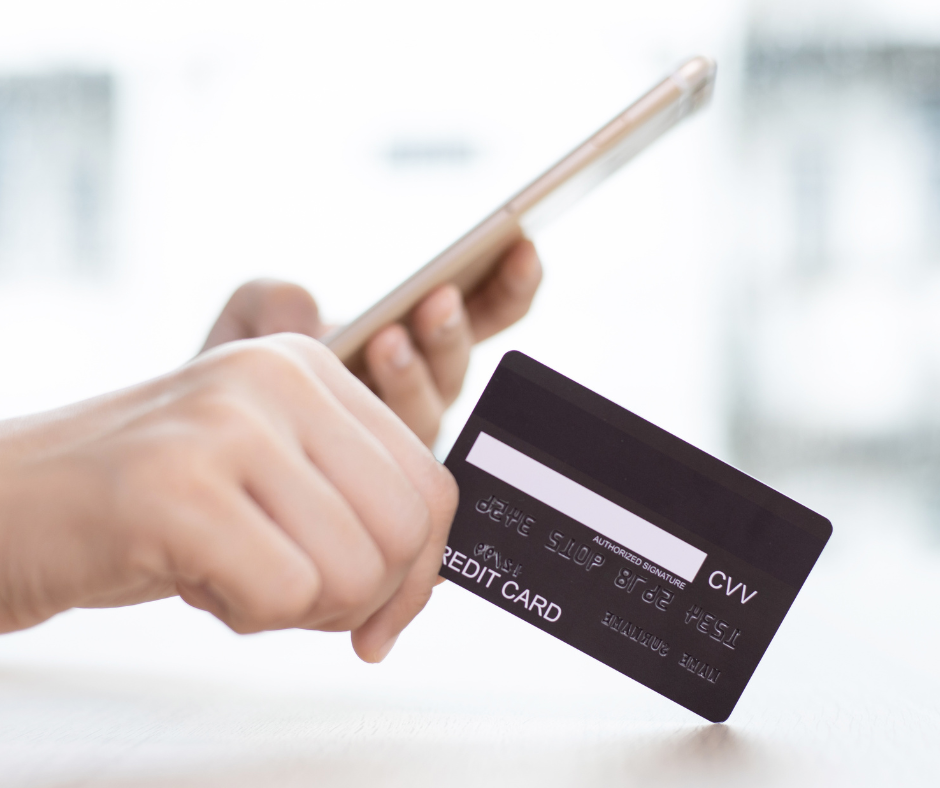Secured vs unsecured credit cards: which one fits your needs?
Secured vs unsecured credit cards: learn the key differences, pros, and cons to choose the card that fits your financial needs.
When searching for the right credit card, the term “secured vs unsecured credit cards” often pops up.

But what exactly does it mean? And more importantly, how does it impact your wallet?
If you’ve ever struggled with credit approval, building credit, or finding the right fit for your financial situation, understanding this difference is crucial. Choosing the wrong card could lead to higher costs or missed opportunities to strengthen your credit profile.
In this article, we will help you to understand it all.
What’s the difference between secured and unsecured credit cards?
At the core, both secured and unsecured credit cards serve the same purpose: they let you borrow money up to a certain limit and pay it back later. However, how you qualify and how the card works differ significantly.
Secured credit cards
A secured credit card requires a refundable security deposit. This deposit typically becomes your credit limit. For example, a $300 deposit usually means a $300 limit.
These cards are often designed for individuals who are new to credit or working to rebuild a damaged credit score. The deposit lowers the risk for lenders, making approval more accessible in certain situations.
Unsecured credit cards
An unsecured credit card doesn’t require any upfront deposit. Approval relies mainly on your credit history, income, and overall financial health. These are the traditional credit cards most people are familiar with.
If your credit score is good or excellent, unsecured cards typically offer higher limits and additional perks like cashback, rewards, or travel benefits.
Pros and cons: which card fits your needs?
Understanding secured vs unsecured credit cards isn’t just about definitions. It’s about choosing the one that aligns with your financial goals and current situation.
Secured Credit Cards
Pros
- Easier approval if you have no credit or poor credit
- Helps build or rebuild credit over time
- Usually reports to major credit bureaus
Cons
- Requires an upfront deposit
- Lower credit limits compared to unsecured cards
- Limited rewards or perks
Unsecured Credit Cards
Pros
- No security deposit needed
- Higher credit limits possible
- Access to rewards, cashback, or travel perks
Cons
- Harder to qualify with poor or no credit
- Higher interest rates if your credit isn’t strong
- Potential fees depending on the card
How to decide: secured or unsecured?
When deciding between secured vs unsecured credit cards, ask yourself these questions:
- Do I have an established credit history?
- Can I afford a security deposit right now?
- Is my primary goal building credit, or am I looking for perks and higher limits?
If your credit is thin or damaged, a secured card might be a stepping stone. It creates an opportunity to demonstrate responsible use, often leading to upgrades to unsecured cards later on.
On the other hand, if you already have a decent credit profile, an unsecured card could offer more flexibility and benefits.
Secured vs unsecured credit cards: which card wins for you?
There’s no universal answer to the secured vs unsecured credit cards debate. It truly depends on your current financial situation, your short-term needs, and your long-term credit goals.
Both card types can play an important role in managing finances and building a healthier credit profile. The key is understanding their differences, weighing the pros and cons, and choosing the option that best fits where you are today.






